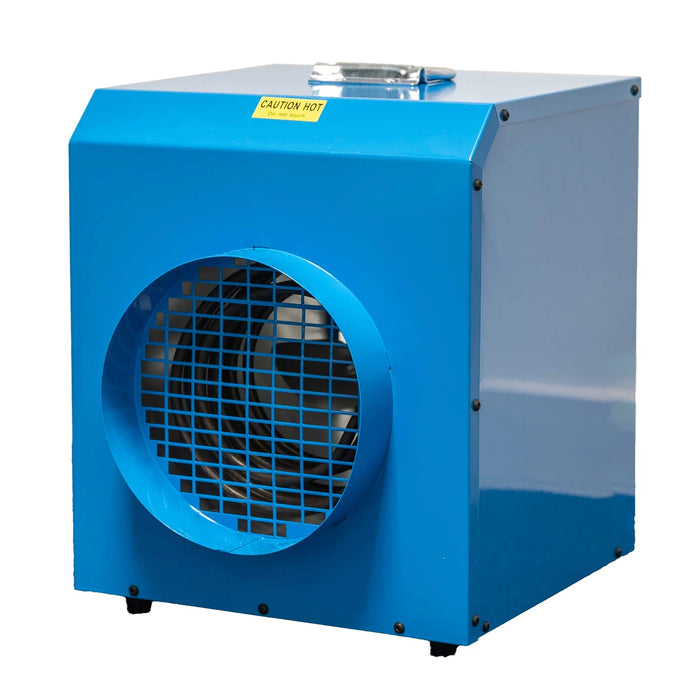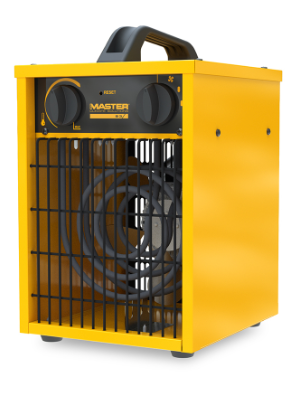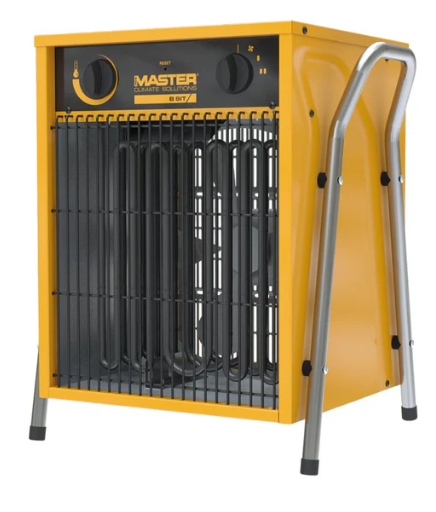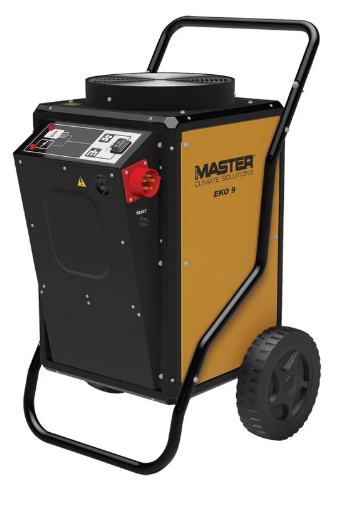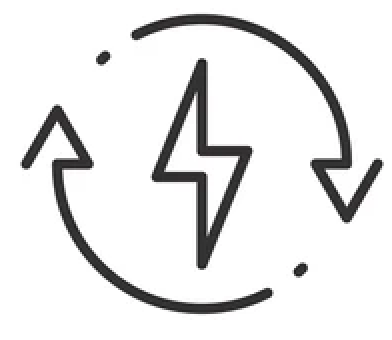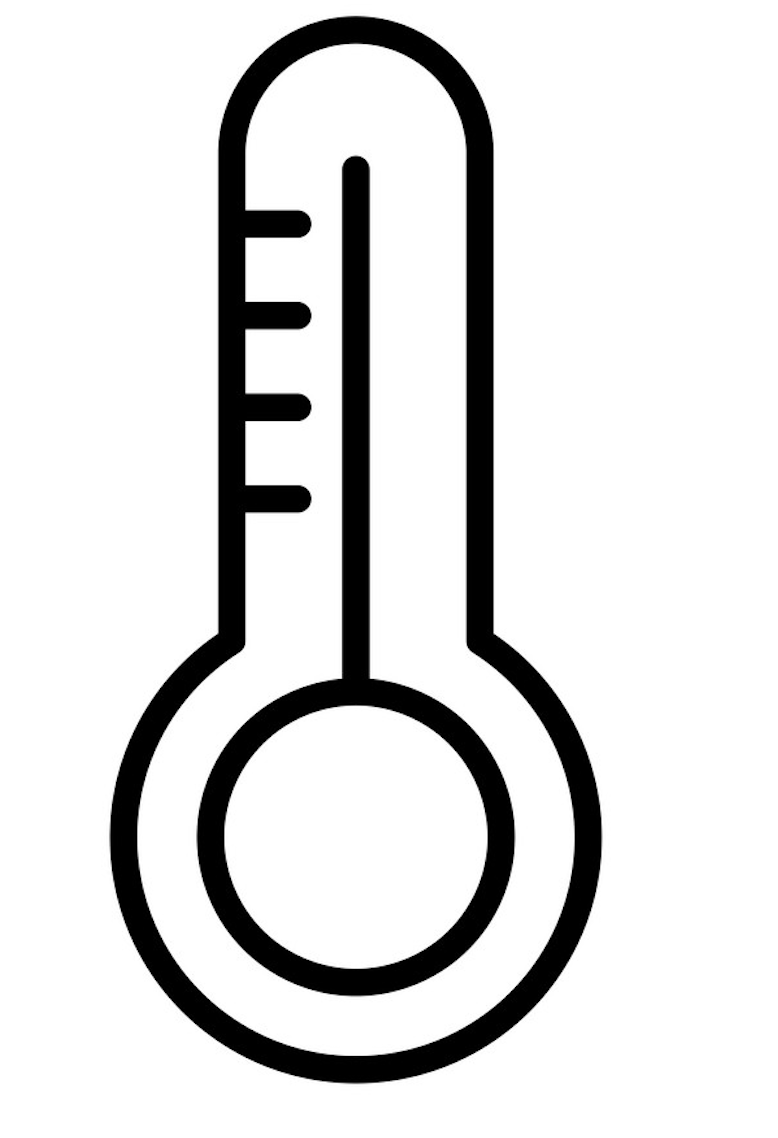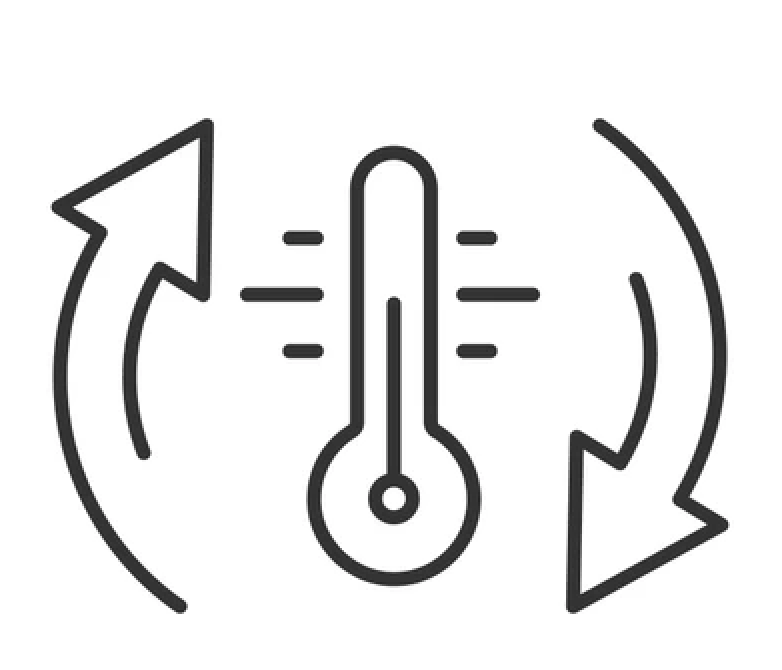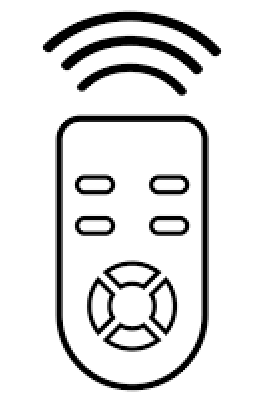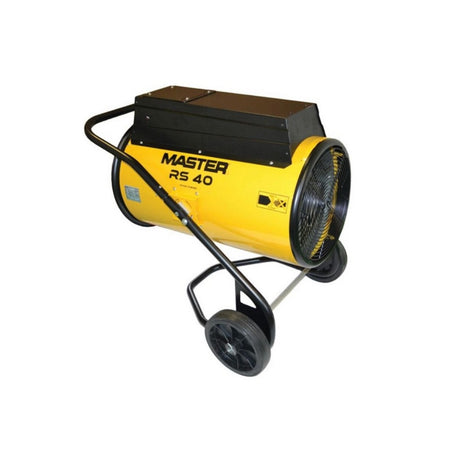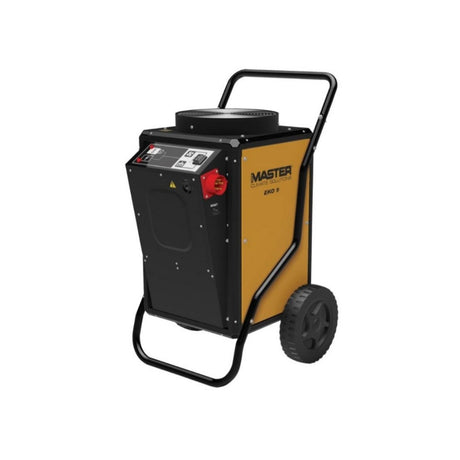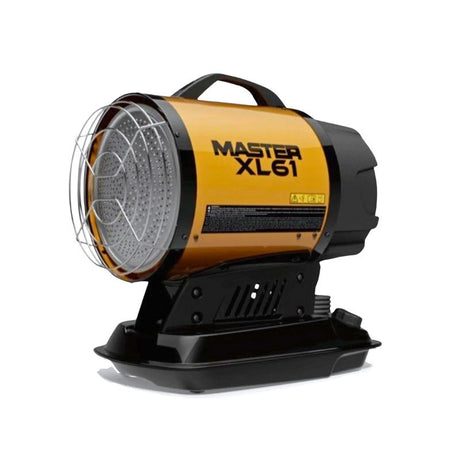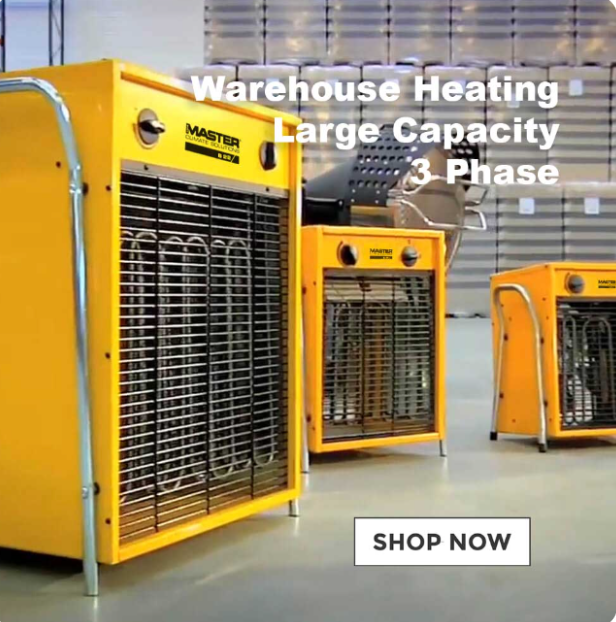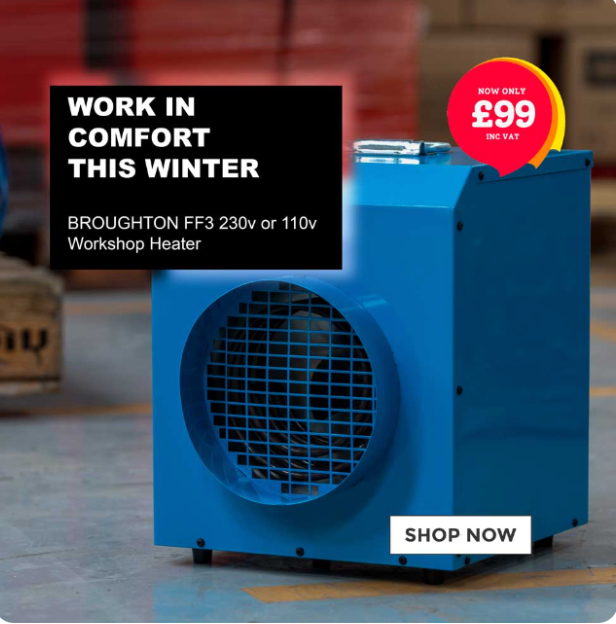Understanding power output for portable fan heaters is essential for selecting the right model for your needs.
Higher wattage results in faster and more powerful heating, which is ideal for larger spaces, whereas lower wattage models are more suited to smaller rooms. As power output increases, the heater consumes more energy, which can lead to higher running costs, but it also means the room heats up more quickly.
Conversely, lower power heaters may take longer to warm a space, but they typically consume less electricity, making them more economical for smaller areas. Choosing the right power output ensures a balance between energy efficiency and heating performance, depending on the size of the space and how quickly you need it heated.

